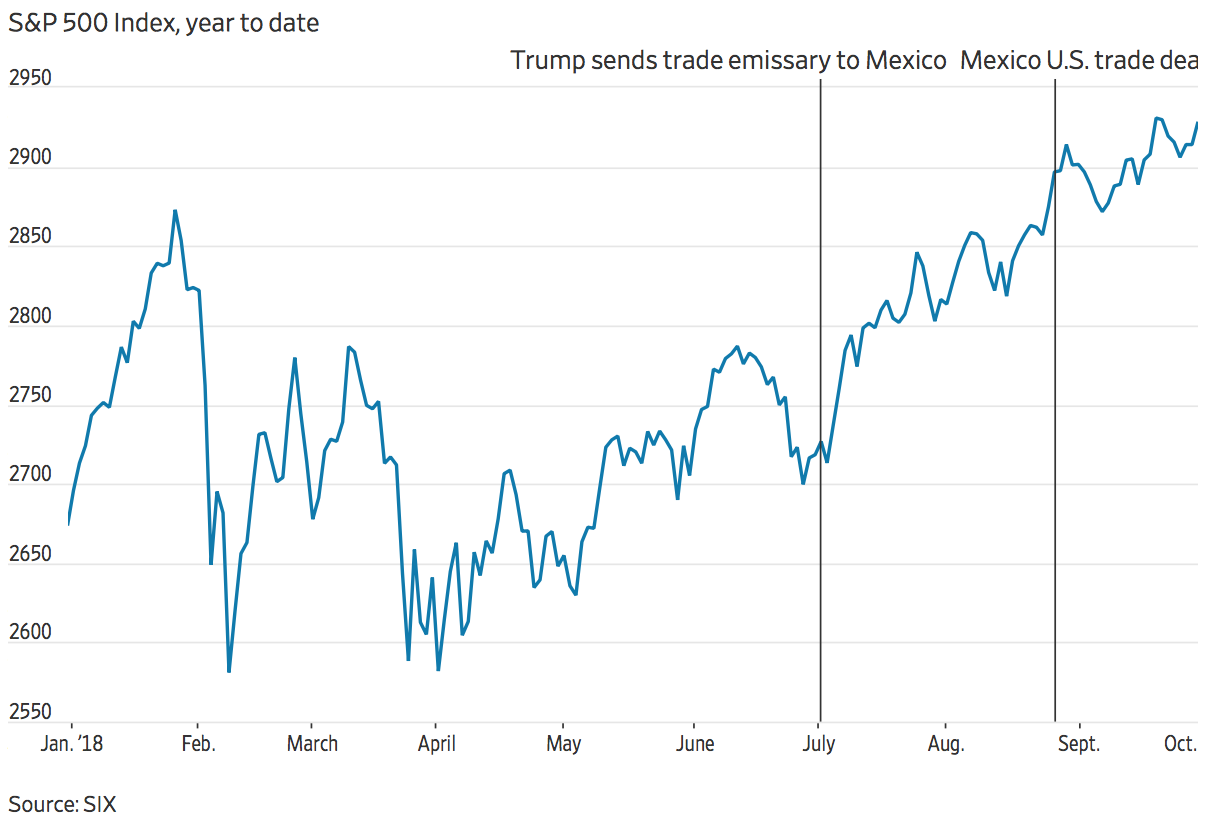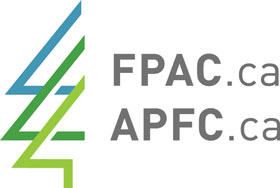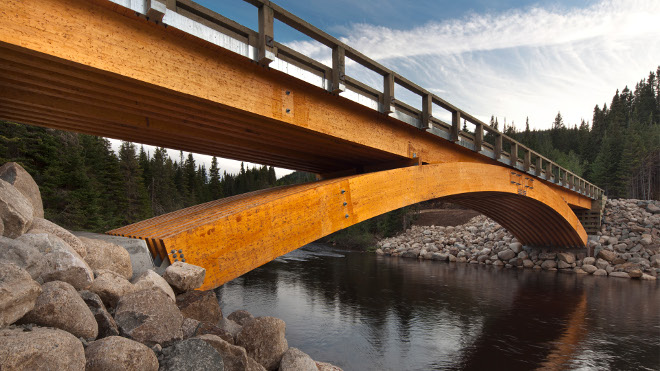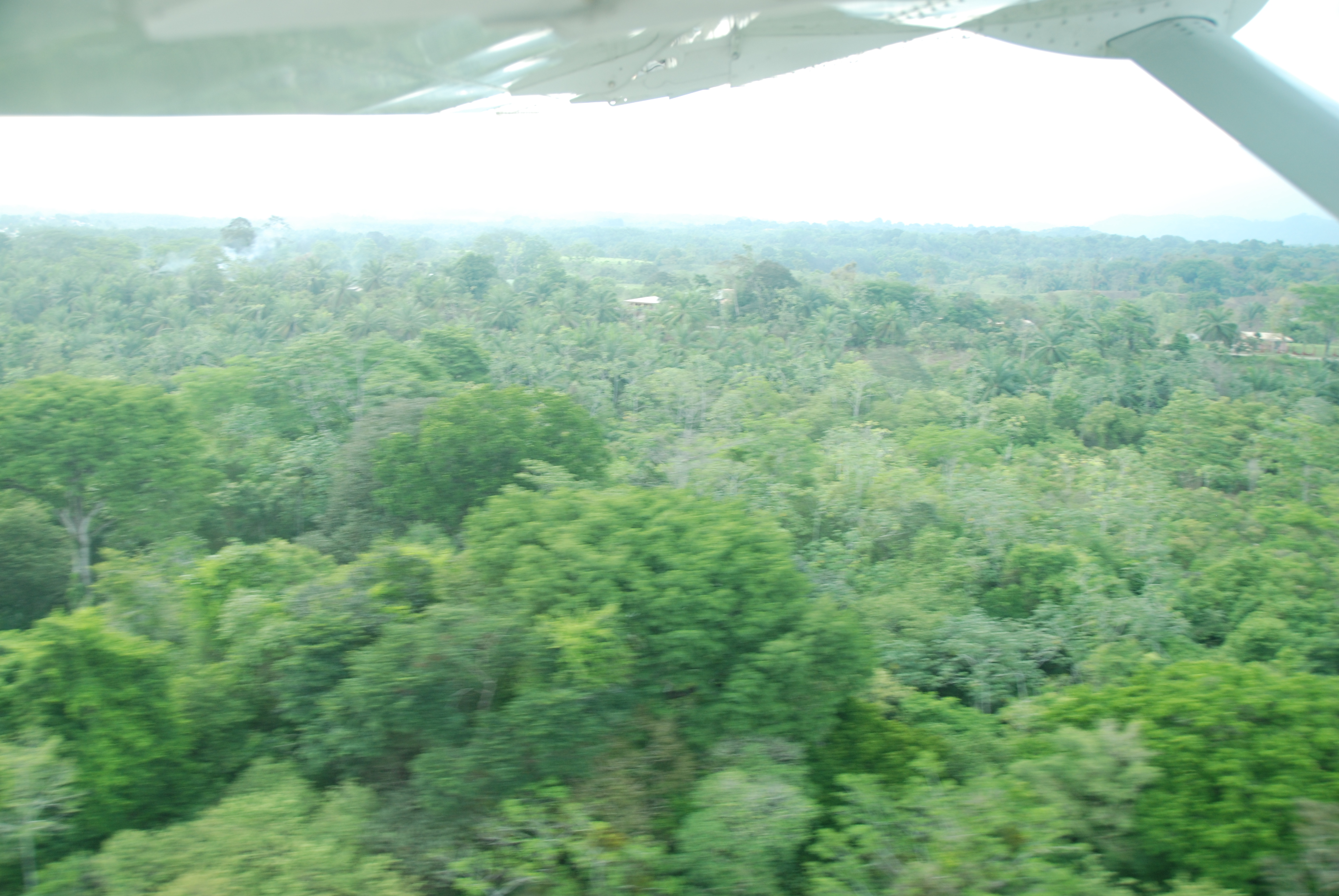 The vote is in on NAFTA’s replacement – the good, the bad and the ugly. Here’s what the key players are saying:
The vote is in on NAFTA’s replacement – the good, the bad and the ugly. Here’s what the key players are saying:
- A highly significant achievement for Canada. Bravo (Ottawa Citizen)
- A bogus deal that antagonizes US’s neighbours and hurts US consumers (New York Times)
- Worse than the status quo, but it stows Trump’s protectionist wrecking ball (Wall Street Journal)
- A win for everyone says Trudeau (Canadian Press); but what’s in it (CBC News)
- A welcomed step (FPAC; and the BC Lumber Trade Council)
In other news: China is cutting import tariffs on wood and paper products; US lumber is benefiting from the softwood tariffs; Ontario seeks to advance a pro-forestry agenda; Oregon bans a tree-killing herbicide; California getting some relief from the weather; and song birds prefer old growth forests in Oregon.
Finally, the American Wood Council celebrates World Habitat Day, when we reflect on why our world needs wood.
–Kelly McCloskey, Tree Frog Editor




















